2020 Chevrolet Silverado 1500 Duramax Review - The Perfect Engine?

2020 Chevrolet Silverado Crew LTZ
Somebody had to ruin the party. Five years ago the Dieselgate scandal broke, and automakers everywhere slowed down the development of their own oil-burning engines for the U.S. market. Until that point, many automakers were looking at bringing “clean” diesel tech from Europe to the U.S.
Of course, compression-ignition engines have been quite common in the truck market – though generally confined to the heavy-duty, three-quarter-ton and larger models for many years. In the last couple of years, each member of the Detroit Three has revealed a smaller diesel for their half-ton pickups. This 2020 Chevrolet Silverado 1500 is powered by a Duramax 3.0-liter inline six, backed up by a 10-speed automatic.
I’m not sure I’ve ever fallen so hard for a powertrain.
Whenever I read car reviews – no matter the source – I cringe at the overuse of the adjective “smooth.” It’s a word that, by definition, describes something with no texture. In other words, dull. But I’m breaking my own personal rule here when talking about this engine. With 277 horsepower and 460 lb/ft of torque, this 3.0-liter inline six pours the power in a smooth, seamless rush.
[Get new and used Chevrolet Silverado pricing here!]
At idle, it’s quiet and balanced, sending no vibration through to the cabin. The 10-speed automatic is a perfect companion, as it delivers that torque with imperceptible shifts.
While this inline-six diesel is no slouch, it does lag in pulling power. 9,200 pounds of towing is certainly less than the 6.2-liter V8 elsewhere in the Chevy stable (max at 11,900 pounds), as well as the tow ratings from the half-ton diesels from Ford and Ram (11,100 and 9,550, respectively, when looking at comparable crew cab 4×4 models). For most people, these big numbers are primarily used to settle arguments at the bar.
Anyone towing frequently enough to regularly test the upper limits of the official ratings is likely shopping three-quarter or one-ton trucks. A half-ton is for the driver who needs to haul a boat on the weekends in the summer, or a race car to the track every couple of weeks. The rest of the time, it’s a commute to the office or job site. This 3.0-liter oil-burner will be perfect for that kind of duty.
After all, the fuel economy is marvelous. A two-wheel drive version of this would be rated at 33 mpg highway, while this four-wheel drive model maxes out on the EPA scale at 29 mpg highway, and 25 mpg combined. Caveat: I did log a few more highway miles with this tester than I normally do – but I managed 31.7 mpg over my week with the truck. That’s impressive even for a compact crossover; for a truck with this kind of capability, it’s stupendous.
The ride is quite good here, too. You still know it’s a truck – parking a 20-foot long beast takes both practice and planning – but it drives and feels quiet and controlled.
Reviewers love to complain about the interior of this truck – and I get it. It’s not quite as plush as one finds in a Ford or Ram. The plastics are indeed harder. The layout is a bit more agricultural. But if you’re coming from a previous-generation truck of any brand (save, perhaps, a high-end trim line like Denali or Platinum), then this interior works perfectly fine for most people. Audio controls on the 8.0-inch touchscreen are intuitive and responsive, while navigation displays are clear and bright.
Seats front and rear are plenty comfortable, with 10-way power adjustments on both front buckets on this LTZ trim. The rear bench gives plenty of legroom for three across, even with the fronts adjusted all the way back. It’s no wonder the crew cab pickup has become a replacement for the traditional family sedan – there is plenty of room and comfort here for everyone and everything.
Let it be known throughout the land that I’m cheap. I’ll spend money when I need to, but it physically pains me to do so. Thus I’m looking at the Silverado 1500 diesel as something I’d actually buy, considering the likely deals to be made in the current environment. My wife loves a truck anyhow, so the sales pitch wouldn’t be difficult to the family CFO. Let’s build one out.
I’d likely spec the RST package on a short-bed truck – it’s $135 less than this LTZ, which isn’t a big deal, but I like the body-color bar across a black grille versus the chrome schnoz on my tester. Paint it Northsky Blue metallic, a no-charge hue (the Cajun Red Tintcoat on the tester is $495 option) and I’m pinching pennies. Cloth seats save me some bucks, too. The “All Star Edition” lists at $2,670, adding dual-zone climate, heated steering wheel and front seats, power drivers’ seat, trailering package, and a locking differential.
Another $890 gives me the Safety Package (rear cross traffic alert, front/rear park assist, and lane change/blind zone alert), and add another $685 for the bed protection package spray on bedliner. The $250 trailer camera package, along with the $490 advanced trailering package will set this up perfectly for the trailer and race car I don’t have yet. This adds up to a tow rating of 7,600 pounds – plenty for that imaginary open race trailer and car. Anyone have an old Camaro set up for SCCA racing they wanna sell?
Here’s a controversial choice: I’m picking a two-wheel-drive truck. I’m in central Ohio, where we will only occasionally see massive snowstorms. I’ve driven entire (bad) winters in a lowered Miata – the ground clearance afforded by a 2WD pickup will be plenty, as long as I have good tires. And 2WD will pay off at the pump. I hear the “resale value” people in the back, of course – 4WD helps resale around here, certainly. But I’m one to keep my vehicles well past the loan payoff, so the difference should be negligible after 10 years.
That puts me at a delivered price of $50,930 for a capable truck that should manage close to 30 mpg in everyday driving. Chevrolet.com shows a bunch of discounts that drop that number significantly, too.
This 2020 Chevrolet Silverado 1500 isn’t the fanciest truck, nor is it the sexiest. But this Duramax engine – my God, it’s wonderful. I’ve driven a number of new trucks over the last few years. This diesel-powered Chevy is the one I can most likely see myself buying.
[Images: © 2020 Chris Tonn/TTAC, screenshot courtesy Chevrolet.com]

Some enthusiasts say they were born with gasoline in their veins. Chris Tonn, on the other hand, had rust flakes in his eyes nearly since birth. Living in salty Ohio and being hopelessly addicted to vintage British and Japanese steel will do that to you. His work has appeared in eBay Motors, Hagerty, The Truth About Cars, Reader's Digest, AutoGuide, Family Handyman, and Jalopnik. He is a member of the Midwest Automotive Media Association, and he's currently looking for the safety glasses he just set down somewhere.
More by Chris Tonn
Latest Car Reviews
Read moreLatest Product Reviews
Read moreRecent Comments
- Jalop1991 There is no inflation. Everything is cheaper than it was 5 years ago. SHRIMP AND GRITS!
- ChristianWimmer Exterior and interior look pretty flawless for such a high mileage car. To me this is an indication that it was well-maintained and driven responsibly. It’s not my cup of tea but it’s bound to find an enthusiastic owner out there.And with ANY car, always budget for maintenance.
- Fred I'm a fan and watch every race. I've missed a few of the live races, but ESPN repeats them during more reasonable hours.
- Mikesixes It has potential benefits, but it has potential risks, too. It has inevitable costs, both in the price of the car and in future maintenance. Cars with ABS and airbags have cost me at least 2000 bucks in repairs, and have never saved me from any accidents. I'd rather these features were optional, and let the insurance companies figure out whether they do any good or not, and adjust their rates accordingly.
- Daniel Bridger Bidenomics working.




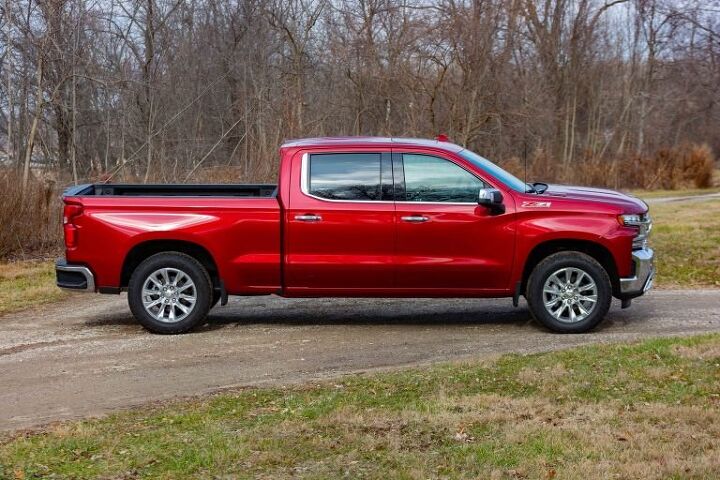




















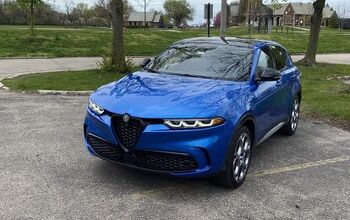
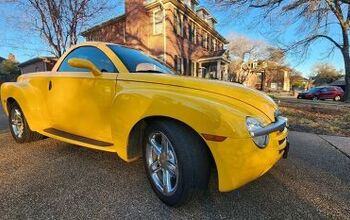
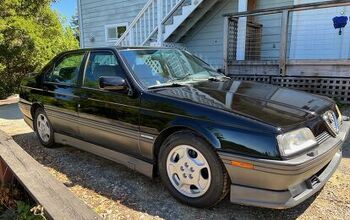
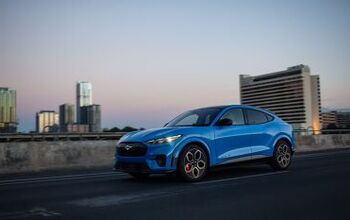

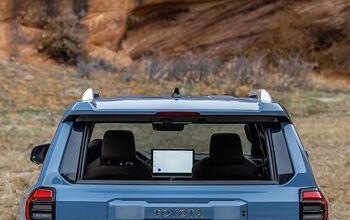
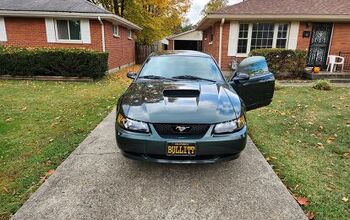
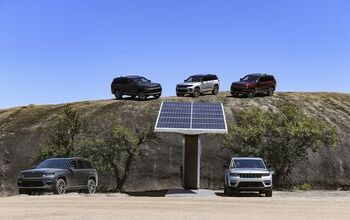


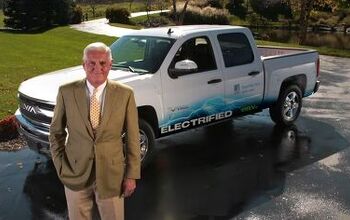
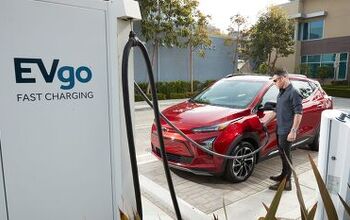

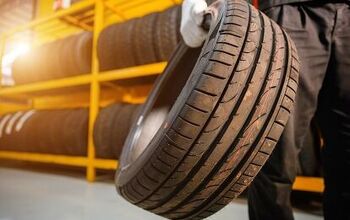


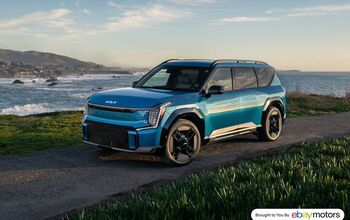
Comments
Join the conversation
"The rear bench gives plenty of legroom for three across, even with the fronts adjusted all the way back." So when the driver pushes the seat back far enough that his beer gut clears the steering wheel, there's still enough room in the back seat for his 240 lb. teenage daughter. Good feature.
You forgot to mention weight, as usual. Slightly more forgivable with a truck, but still. Somewhere just under 5000lb, about what I'd expect. I used to co-own a 1983 Ram 50 4wd diesel, and for years stuck to the claim of it being the only vehicle available in the US that had reasonable power for highway cruising, the efficiency to deliver over 30mpg (32 highway at ~65, with AT tires), and the capability to haul half a ton of firewood up a muddy logging road. That it ran happily on B100 was icing on the cake. Isuzu Pup? Lacks power. Diesel Yank Tanks? Thirsty due to the weight. VW Caddy? Won't go off-road. Compact gasser trucks? Thirsty due to the fuel. Finally, in the last couple of years, domestic offerings have caught up to what the Japanese were making 30-40 years ago. It still doesn't look as good, and I bet maintenance when it's comparably aged is going to be a shitshow... but still, glad to see this truck. This straight-six and diesel fan is paying attention. Now, I wonder about getting one of these as a crate engine and throwing it into a car...